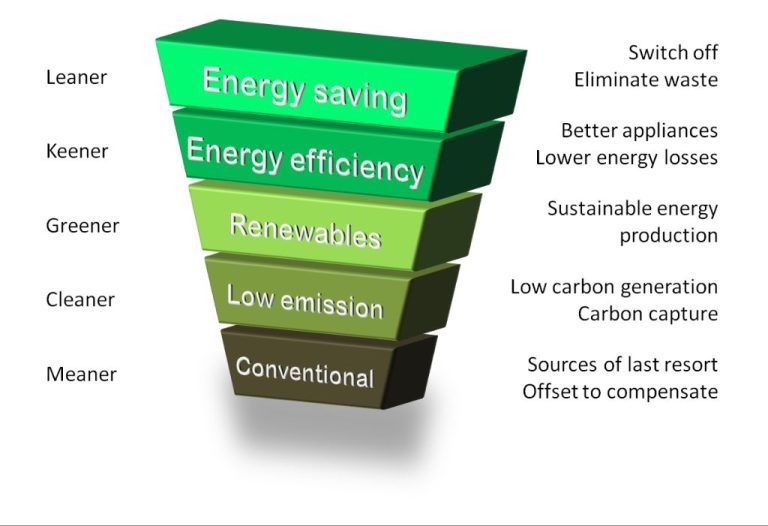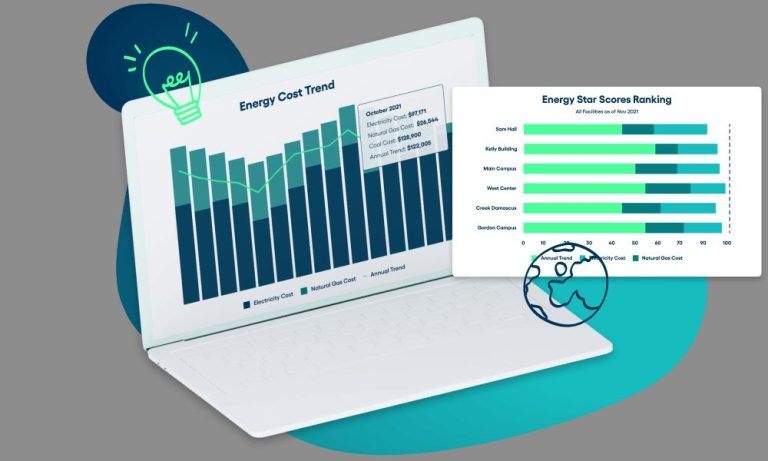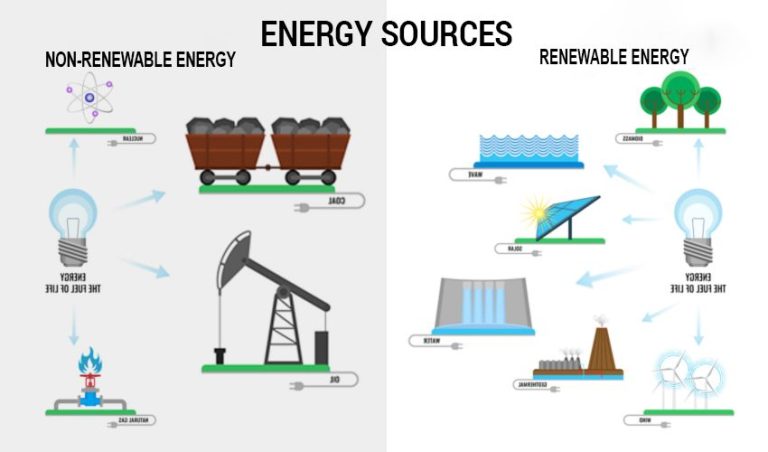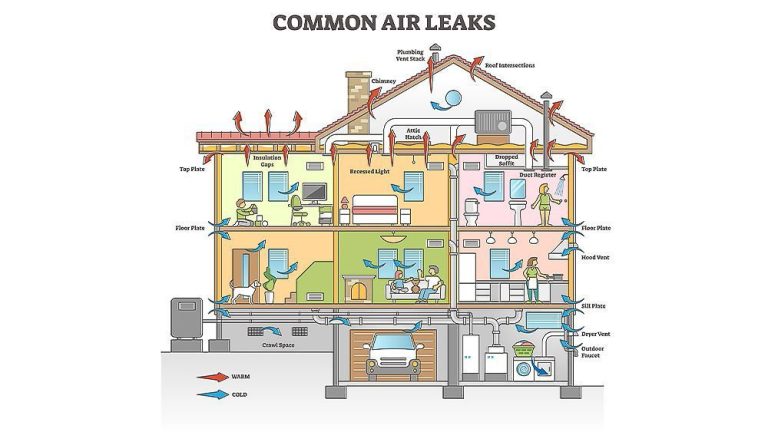What Are Electric Motors Used For?
Introduction
Electric motors are an essential part of our modern world. They convert electrical energy into mechanical energy through electromagnetic interactions. This allows them to provide rotational force or motion. Electric motors are used across industries for a huge variety of applications and play a central role in many automated processes. Their ability to provide precise control of speed, torque, acceleration and position make them indispensable for operating machinery, appliances and vehicles. This article explores the wide range of uses for electric motors and how they power our world.
Industrial Applications
Electric motors are essential components of industrial equipment and manufacturing processes. They provide mechanical power for operating machinery, moving materials, and automating tasks. Some of the major industrial applications of electric motors include:
Manufacturing Machinery – Machine tools, injection molding machines, stamping presses, textile looms, and many other types of manufacturing equipment are powered by electric motor systems. These provide rotational force and precision motion control required for machining, shaping, pressing, weaving, and assembly operations.
Material Handling – Conveyor belts, elevators, cranes, and forklifts use electric motors to move raw materials, work-in-progress parts, and finished products around a facility. Motors enable efficient logistics and material handling in warehouses, shipping areas, and production floors.
Pumps & Compressors – Water pumps, chemical transfer pumps, vacuum pumps, air compressors, and fans rely on electric motor drives. These are essential for pumping liquids, pressurizing gases, creating vacuums, and moving ventilation air.
Process Equipment – Mixers, crushers, shredders, centrifuges, and other process equipment are powered by specifically designed electric motors to handle robust industrial applications. Motors provide controllable speed and torque for processing operations.
Electric motors offer an efficient, adaptable, and controllable means of providing mechanical power for all kinds of industrial equipment and processes. Their versatility, precision, and reliability make them an indispensable component across manufacturing industries.
Consumer Appliances
Electric motors are critical components of many common household appliances that we use every day. They allow these appliances to operate automatically and provide the power needed to perform their various functions.
Inside refrigerators and freezers, motors run the compressor that circulates the refrigerant gas needed to keep food cold. They also power evaporator and condenser fans that blow air through the fridge to maintain consistent temperatures. Variable speed motors adjust cooling levels when the door is opened or new food is added.
In clothes washers and dryers, one or more motors spin the drum at various speeds during wash, rinse, and drying cycles. They provide the mechanical force needed to clean clothes thoroughly. Some even reverse direction periodically to prevent tangles.
Small electric motors are used in household fans to turn the blades and generate airflow. They allow fans to run at multiple speed settings as desired. In range hoods and bathroom exhaust fans, motors expel air to control odors and moisture.
Many other appliances like dishwashers, blenders, and vacuum cleaners also rely on electric motors for pumping water, crushing ice, and powering suction to perform their intended functions for consumers.
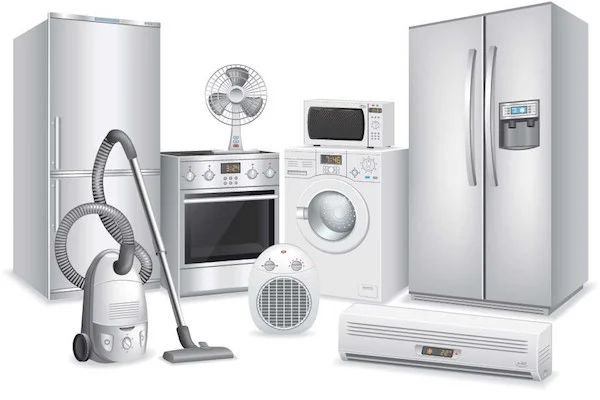
Automotive
Electric motors are used extensively in automobiles, especially in modern electric vehicles (EVs) and hybrid electric vehicles (HEVs). The electric motor is at the heart of the drivetrain for EVs and HEVs.
In an EV, the electric motor is the sole source of propulsion, powering the vehicle instead of an internal combustion engine. High performance permanent magnet synchronous motors provide instant torque for rapid acceleration. The motor draws electricity from a large onboard battery pack, which is charged by plugging the vehicle in to recharge.
In a hybrid vehicle, a smaller electric motor works together with a gasoline engine to provide propulsion. The electric motor assists the engine during acceleration to improve performance and efficiency. The motor can also act as a generator to recapture energy during braking and coasting to recharge the battery through regenerative braking. This improves the vehicle’s fuel economy.
Small electric motors are also used to power windows, seats, mirrors, wipers and other accessories in cars. These motors allow components to be adjusted electronically at the touch of a button, adding convenience and comfort.
Aviation
One of the most crucial applications for electric motors is in aviation. In aircraft, electric motors are used for main propulsion, as well as controlling various systems.
For propulsion, electric motors offer a more efficient and quieter alternative to combustion engines. All-electric and hybrid-electric planes use electric motors to turn the aircraft’s propellers or power jet engines. Electric motors allow for variable speed control, which improves efficiency across different phases of flight.
In addition to propulsion, electric motors are used extensively for flight control surfaces on airplanes and helicopters. Small high torque servo motors position control surfaces like ailerons, elevators, and rudders. This allows the pilot to maneuver the aircraft. Similar motors also control other movable aerodynamic devices like flaps and slats to alter lift during takeoff and landing.
Electric motors further enable key environmental controls in the cabin through air conditioning, pressurization, and de-icing systems. They drive compressors for cabin air supply and circulation. In pressurized aircraft, they maintain the pressure differential between inside and outside air. Motors are also used to power pneumatic de-icing boots on aircraft wings and tail.
The move towards electric propulsion and controls is driven by goals of increased reliability, efficiency, and lower emissions. Electric motors allow engineers far greater flexibility in aircraft design as well.
Marine Propulsion
Electric motors are essential components of propulsion systems on both large ships and recreational boats. They power propellers, thrusters, and winches to propel and maneuver vessels.
On large container ships, electric motors drive azimuth thrusters which can rotate 360 degrees to provide propulsion and steering. Rim-driven propellers are also popular, with electric motors housed in a pod underneath the ship powering a propeller. For dynamic positioning to hold ships in position, electric thrusters are oriented in multiple directions.
On yachts and smaller boats, electric trolling motors allow slow, precise movement for fishing or docking. Electric outboard motors are increasing in popularity as battery technology improves. Below decks, electric motors power bilge pumps, windlasses, and boat lifts.
The variable speed control, quick response, compact size and quiet operation make electric motors well-suited for the marine environment. Ongoing advances in efficiency and power density ensure electric propulsion will play an increasing role across the boating industry.
Medical Equipment
Electric motors are essential components of many medical devices and equipment used in hospitals, clinics, and care facilities. They allow this equipment to move and function properly. Some examples include:
Hospital beds – Most modern hospital beds have electric motors to raise, lower, and tilt the bed into different positions. This allows healthcare workers to adjust the bed to meet the needs and comfort of the patient.
Ventilators – Mechanical ventilators for critically ill patients contain an electric motor that works a bellows to push air into and out of the lungs. This provides necessary breathing support when patients cannot breathe adequately on their own.
Dialysis machines – These filter blood for patients with kidney failure. An electric motor runs the pump that moves blood through the filtering machine.
Infusion pumps – These devices use electric motors to slowly administer IV medications and fluids at controlled rates.
Surgical power tools – Saws, drills and other motorized tools allow surgeons to accurately and efficiently perform procedures. Many are battery powered for portability.
X-ray machines – Electric motors precisely position the x-ray generator and image receptor to take diagnostic images inside the body.
Hospital elevators – Motors lift patients between floors for tests, surgery, and care.
Blood centrifuges – These use motors to spin blood samples at high speeds to separate components for analysis and processing.
Hospital beds – Most modern hospital beds have electric motors to raise, lower, and tilt the bed into different positions. This allows healthcare workers to adjust the bed to meet the needs and comfort of the patient.
Office Equipment
Electric motors are essential components of many common office machines used in homes, schools, and businesses everyday. Office equipment such as printers, copiers, scanners, paper shredders, laminators, binding machines, and more all rely on electric motors to function.
One of the most ubiquitous office machines, laser printers, use multiple electric motors. The main motor is connected to gears that turn the various rollers needed to feed paper through the printer. Other motors are used for moving the print head and scanner assembly back and forth, driving fans to cool the inside of the printer, and more. Inkjet printers also contain similar motors to move print heads and drive rollers.
Scanners also rely on electric motors. Typically a small stepper motor precisely controls movement of the scan head below the document glass. Larger motors are used to feed in documents for scanning. Electric motors also allow paper shredders to shred stacks of paper fed into them. Motors drive the cutting blades and help pull paper in.
Without electric motors to provide motile force and precision motion control, most standard office equipment simply would not be able to operate. They enable accuracy, automation, and productivity in devices critical for offices and schools.
Toys & Gadgets
Electric motors are what allow many toys and gadgets to come to life and perform exciting functions. From toy cars, trains, and slot racers to dancing robots, electric motors provide the power to make toys move, light up, and make sounds.
Small DC motors are commonly used to propel toy cars, boats, and trains. These mini motors allow the toys to move forward, reverse, and turn. Slot car racing sets use low voltage DC motors to power model race cars around a track. More advanced radio-controlled vehicles may use slightly larger DC motors controlled by the user’s remote.
Stepping motors that rotate in precise increments are ideal for animatronic toys. These can bring stuffed animals and toy robots to life by powering realistic movement of body parts. The same type of stepping motors also allow creative toys like robotic drawing kits to reproduce designs.
Toy drones and helicopters use brushless DC motors to generate the high speeds necessary for the aircraft to take off, hover, and perform controlled movements. These advanced toy aircraft require specialized motors with electronic speed controllers.
Lastly, electric motors supply the vibrations that enable many noisy toys. Everything from barking dogs to light up musical toys depend on motors with offset weights attached to produce sounds and motions.
Conclusion
In summary, electric motors are an integral and ubiquitous technology that powers our modern world. Though often operating unseen behind the scenes, they enable countless devices and machines we rely on every day. From large industrial equipment to small household appliances, electric motors convert electrical energy into useful mechanical motion and torque. They make possible the many conveniences we take for granted, from refrigerators and washing machines to power tools and fans. Electric motors also drive key transportation technologies such as electric vehicles, trains, aircraft autopilot systems, and ship propellers. In sectors like manufacturing, robotics, and medicine, precision electric motors empower automation and lifesaving technologies that improve productivity and health outcomes. While future innovations will only expand their capabilities and use cases, electric motors already quietly empower our homes, workplaces, and daily living.

